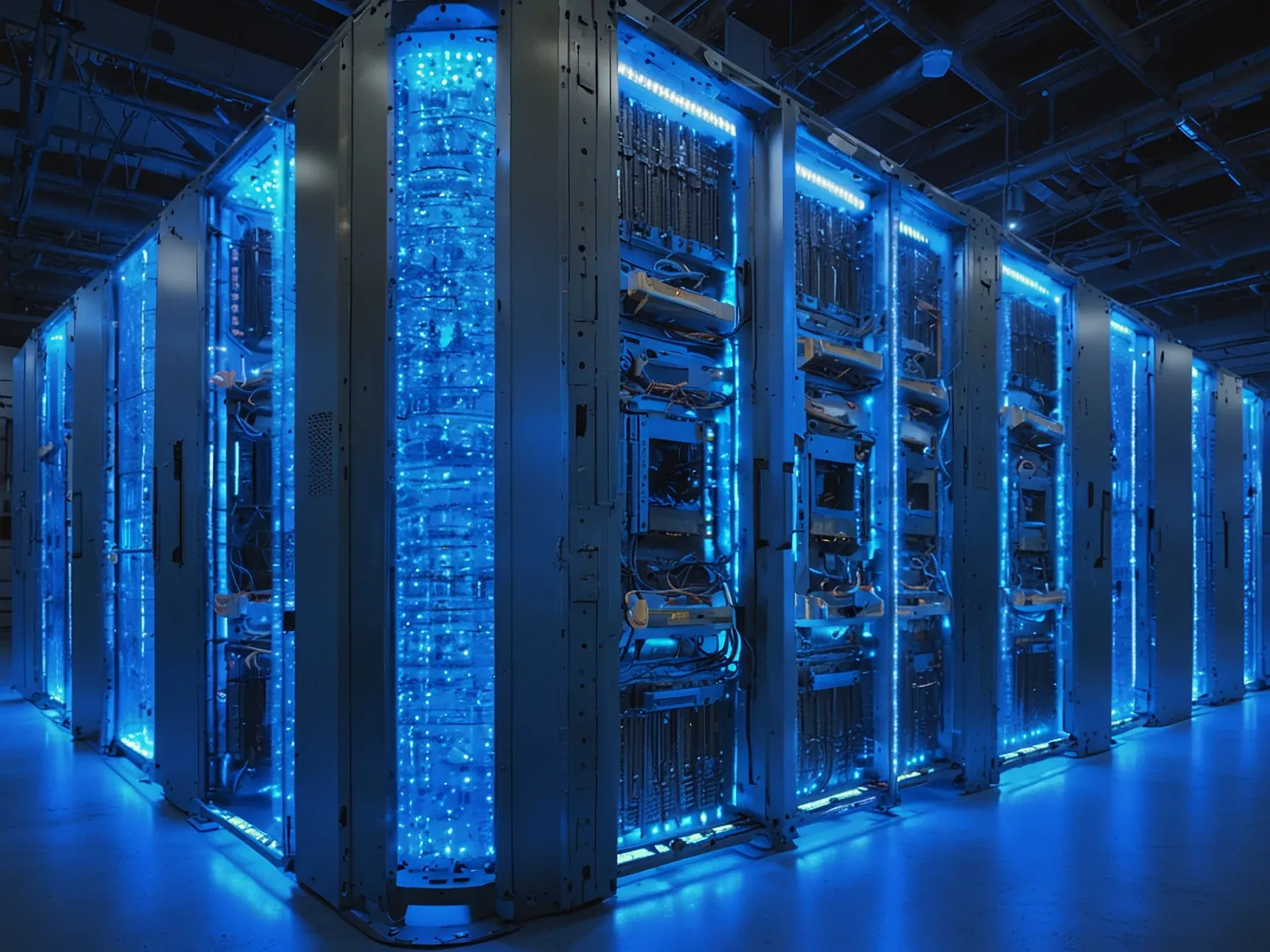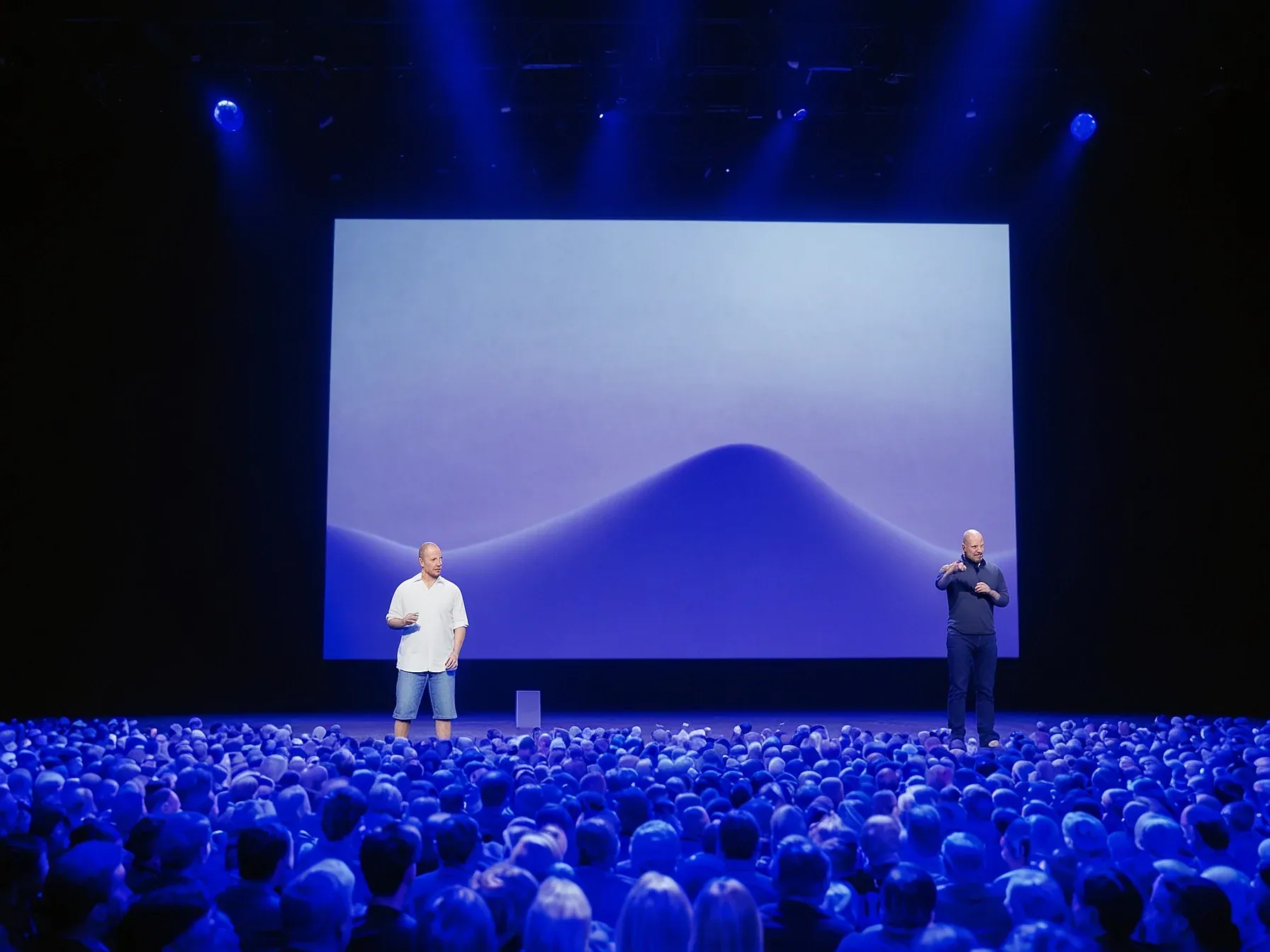
Amazon adds Leo satellite internet, pledges USD 50 bn for AI HPC, 1.3 GW compute
Amazon is rolling out a two‑pronged push that could reshape how government and enterprise customers handle data‑intensive workloads. First, the company is extending its Leo satellite constellation, promising low‑latency, high‑throughput links for remote sites that have traditionally relied on slower, less reliable backbones. Second, AWS is earmarking a $50 billion investment in high‑performance computing (HPC) infrastructure across the United States, a figure that translates into roughly 1.3 GW of additional processing power.
The spend targets the Top Secret, Secret and GovCloud (US) regions, underscoring a focus on environments where security and speed are non‑negotiable. While the satellite rollout aims to bring broadband to underserved locations, the compute expansion is geared toward workloads ranging from AI model training to classified simulations. Here’s why the two moves matter together: they create a secure, end‑to‑end pipeline—from remote data capture via Leo to massive, protected compute clusters in the cloud.
As AWS chief Matt Garman puts it, “We’re gi”...
At the same time, the AWS investment will add nearly 1.3 GW of compute capacity across AWS Top Secret, AWS Secret and AWS GovCloud (US) Regions. Both initiatives aim to support organisations that need secure, high-speed connectivity and advanced compute resources. AWS CEO Matt Garman said, "We're giving agencies expanded access to advanced AI capabilities that will enable them to accelerate critical missions from cybersecurity to drug discovery." Amazon Leo is designed to extend high-speed internet to businesses and public sector entities operating in areas with limited network access.
The company has more than 150 satellites in orbit as it moves from deployment to early commercial testing. Chris Weber, vice president of consumer and enterprise business for Amazon Leo, said, "We've designed Amazon Leo to meet the needs of some of the most complex business and government customers out there." Amazon revealed the final production design of the Leo Ultra, describing it as its fastest commercial phased-array terminal.
Will the Leo preview deliver the speed and reliability its promoters promise? Amazon’s rollout of the low‑Earth‑orbit Leo service, anchored by the new Leo Ultra antenna, marks its first enterprise‑focused offering, yet the article provides no data on latency benchmarks or early customer feedback. At the same time, the company’s pledge of up to $50 billion to expand AI and high‑performance computing capacity for U.S.
federal users signals a substantial financial commitment, but the timeline—targeted to begin in 2026—leaves a gap of several years before any measurable impact can be assessed. The planned 1.3 GW of compute across AWS Top Secret, Secret and GovCloud (US) regions will certainly increase raw processing power, yet it is unclear whether the added capacity will translate into tangible improvements for the agencies that rely on secure, high‑speed connectivity. AWS CEO Matt Garman’s brief remark underscores ambition, but the lack of detail on deployment milestones invites caution.
In short, Amazon’s dual push into satellite internet and government‑grade AI infrastructure is concrete on paper; whether it will meet the expectations of its intended users remains to be demonstrated.
Further Reading
- Amazon Leo starts to roll out its fastest satellite internet service - GeekWire
- Amazon Leo vs Starlink: Amazon's New LEO Constellation - 5GStore Blog
- Amazon Leo: Ushering in a New Era for Global Satellite Internet - Joshua Berkowitz Blog
- Amazon Leo Lands Enterprise Customers in Logistics and Energy Operations - Satellite Today
- Amazon debuts Starlink competitor Leo as Bezos takes on Musk's SpaceX - The Independent
Common Questions Answered
What are the two main initiatives Amazon announced to support government and enterprise workloads?
Amazon is extending its Leo low‑Earth‑orbit satellite constellation to provide low‑latency, high‑throughput links for remote sites, and AWS is committing $50 billion to build high‑performance computing infrastructure that adds roughly 1.3 GW of compute capacity across Top Secret, Secret, and GovCloud regions.
How much compute capacity will the $50 billion AWS investment add, and in which security‑cleared regions?
The investment will add nearly 1.3 GW of compute capacity and will be deployed across AWS Top Secret, AWS Secret, and AWS GovCloud (US) Regions, ensuring that highly sensitive federal workloads have access to advanced AI and HPC resources.
What hardware does Amazon’s enterprise‑focused Leo service rely on for its satellite connectivity?
The Leo service is anchored by the new Leo Ultra antenna, which is designed to deliver low‑latency, high‑throughput satellite links for remote enterprise sites that previously depended on slower, less reliable backbones.
According to AWS CEO Matt Garman, which mission‑critical areas will benefit from the expanded AI capabilities?
Matt Garman said the expanded AI capabilities will help agencies accelerate critical missions such as cybersecurity, drug discovery, and other high‑impact projects that require secure, high‑speed connectivity and powerful compute resources.




